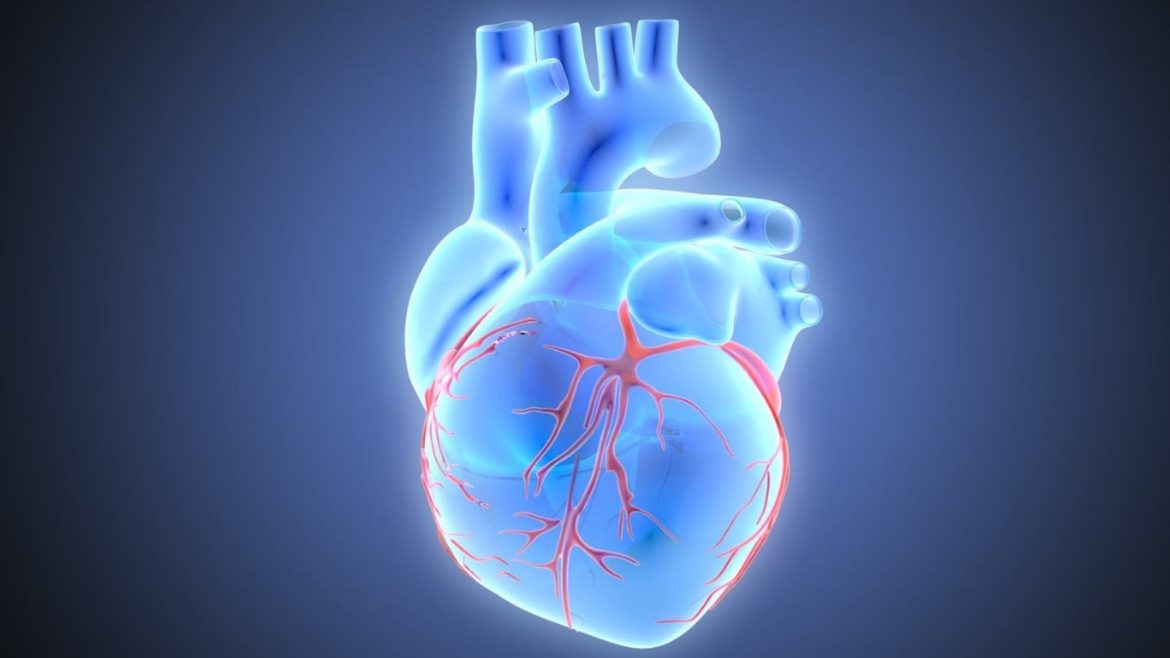Cardiac arrhythmias, or irregular heartbeats, affect a significant number of people globally, posing challenges in healthcare management and treatment. As we approach 2024, understanding the prevalence, causes, and implications of cardiac arrhythmias becomes increasingly crucial.
Understanding Cardiac Arrhythmia
Cardiac arrhythmias encompass a broad spectrum of irregularities in the heart’s rhythm, ranging from benign palpitations to life-threatening conditions like ventricular fibrillation. The heart’s electrical system, responsible for coordinating its contractions, can malfunction, leading to irregular heartbeats.
Prevalence of Cardiac Arrhythmias
Atrial fibrillation (AF) is the most common cardiac arrhythmia, affecting, 1.5-2% of European adults, withan anticipated surge to 9.5% in individuals aged over 65 by 2060. As a primary contributor to stroke,dementia, heart failure, and premature mortality, Af constitutes a significant threat to the expandingelderly demographic and healthcare systems.
Statistical data from global health organizations indicate a growing prevalence of cardiac arrhythmias. By 2024, it is estimated that millions worldwide will be affected by various forms of arrhythmias.
Factors contributing to this rise include aging populations, increased detection through advanced diagnostic technologies, and lifestyle changes impacting cardiovascular health.
SEE ALSO: Normal Sinus Rhythm Vs Sinus Arrhythmia: What’s The Different
Contributing Factors And Risk Factors
Several factors contribute to the development of cardiac arrhythmias:
Age: Older adults are more susceptible due to changes in cardiac structure and function.
Heart Disease: Conditions such as coronary artery disease and heart valve disorders increase arrhythmia risk.
Lifestyle Choices: Smoking, excessive alcohol consumption, and a sedentary lifestyle can contribute.
Genetics: Family history plays a role in predisposition to certain arrhythmias.
Types of Cardiac Arrhythmias
Cardiac arrhythmias are classified based on their origin and impact on heart function:
Atrial Fibrillation (AF): The most common type, characterized by rapid, irregular atrial contractions.
Ventricular Arrhythmias: Include potentially life-threatening conditions like ventricular tachycardia and fibrillation.
Bradycardia and Tachycardia: Abnormal slow or fast heart rates, respectively.
Diagnostic Approaches
Advancements in medical technology have improved the diagnosis and management of arrhythmias:
Electrocardiogram (ECG/EKG): Primary tool for detecting arrhythmias by recording the heart’s electrical activity.
Holter Monitor: Provides continuous ECG monitoring over 24-48 hours, capturing intermittent arrhythmias.
Implantable Devices: Devices like pacemakers and implantable cardioverter-defibrillators (ICDs) monitor and treat arrhythmias.
Treatment Strategies
Management of cardiac arrhythmias aims to control symptoms, prevent complications, and reduce the risk of sudden cardiac death:
Medications: Antiarrhythmic drugs to stabilize heart rhythms.
Cardioversion: Electric shock to restore normal heart rhythm.
Catheter Ablation: Procedure to destroy abnormal heart tissue causing arrhythmias.
Implantable Devices: Pacemakers and ICDs regulate heart rhythms and deliver therapy when needed.
Prognosis And Complications
The prognosis for individuals with cardiac arrhythmias varies depending on the type and severity of the condition. While many arrhythmias can be managed effectively with treatment, some pose significant risks, including stroke, heart failure, and sudden cardiac arrest.
Public Health Initiatives And Awareness
Efforts to raise awareness about cardiac arrhythmias emphasize the importance of early detection, lifestyle modifications, and adherence to treatment. Public health campaigns promote regular cardiovascular screenings and education on recognizing symptoms such as palpitations, dizziness, and shortness of breath.
Future Perspectives
Looking ahead to 2024 and beyond, ongoing research focuses on innovative therapies, personalized medicine approaches, and the integration of digital health solutions to enhance arrhythmia management. Advances in genetics, artificial intelligence, and wearable technology hold promise for improving early diagnosis and personalized treatment strategies.
Conclusion
As the prevalence of cardiac arrhythmias continues to rise globally, understanding the factors influencing this trend and advancing treatment modalities remain critical. By addressing risk factors, promoting early detection, and investing in research, healthcare providers aim to mitigate the impact of arrhythmias and improve outcomes for affected individuals worldwide.
FAQs
How many people suffer from heart arrhythmia?
It’s estimated that millions of people worldwide suffer from heart arrhythmias. Exact numbers can vary depending on the type of arrhythmia and the population studied. For instance, atrial fibrillation (AFib) is one of the most common types, affecting millions globally.
What are the facts about heart disease in 2024?
Specific statistics for 2024 may vary, but generally, heart disease remains a leading cause of death globally. It encompasses various conditions, including coronary artery disease, heart attacks, and arrhythmias. Factors such as lifestyle choices, genetics, and aging contribute significantly to its prevalence.
How many people will have AFib by 2030?
Projections suggest that the prevalence of atrial fibrillation (AFib) is expected to increase significantly by 2030 due to aging populations and lifestyle factors. Estimates vary, but it’s anticipated that millions more people worldwide will be diagnosed with AFib by that time.


